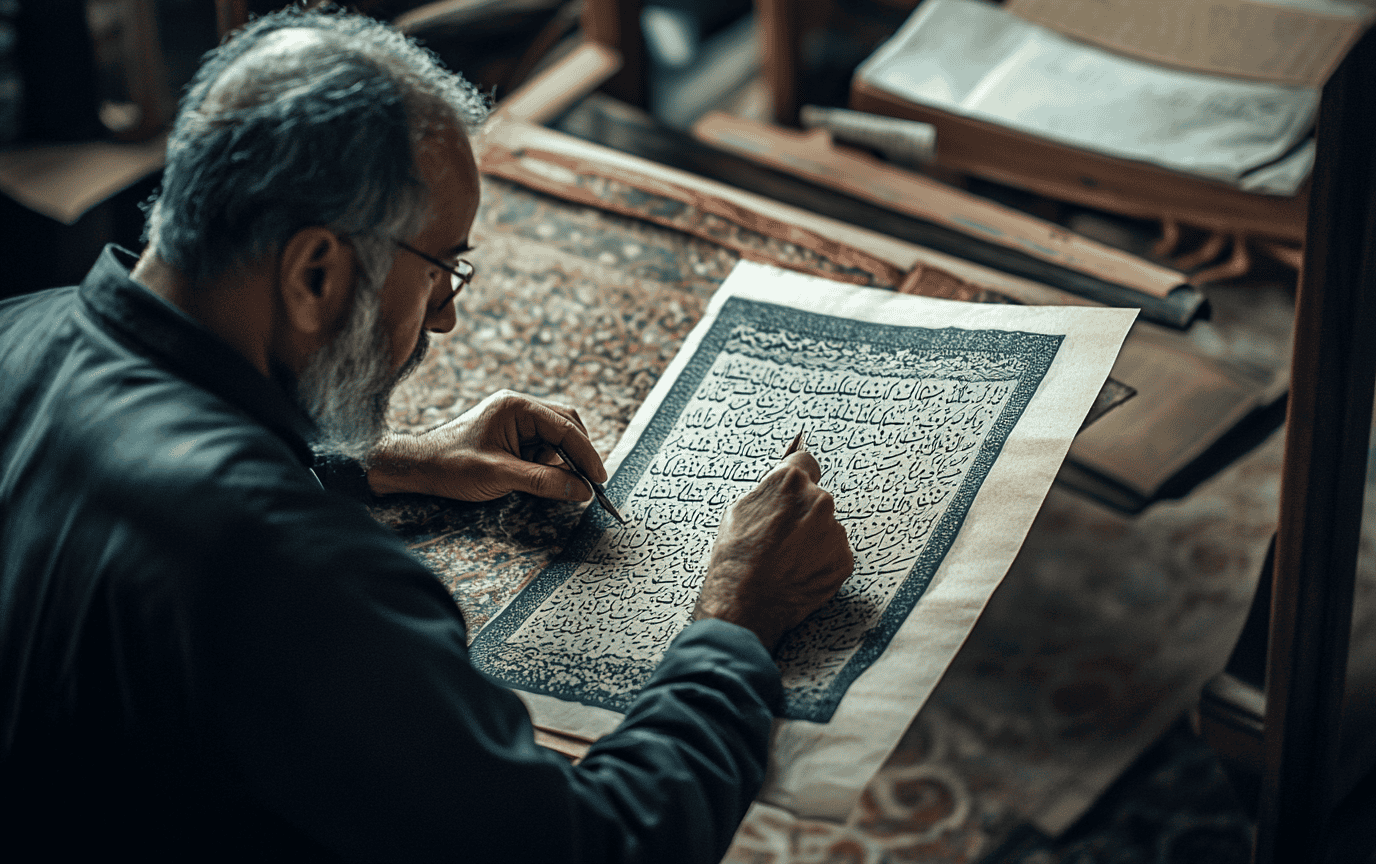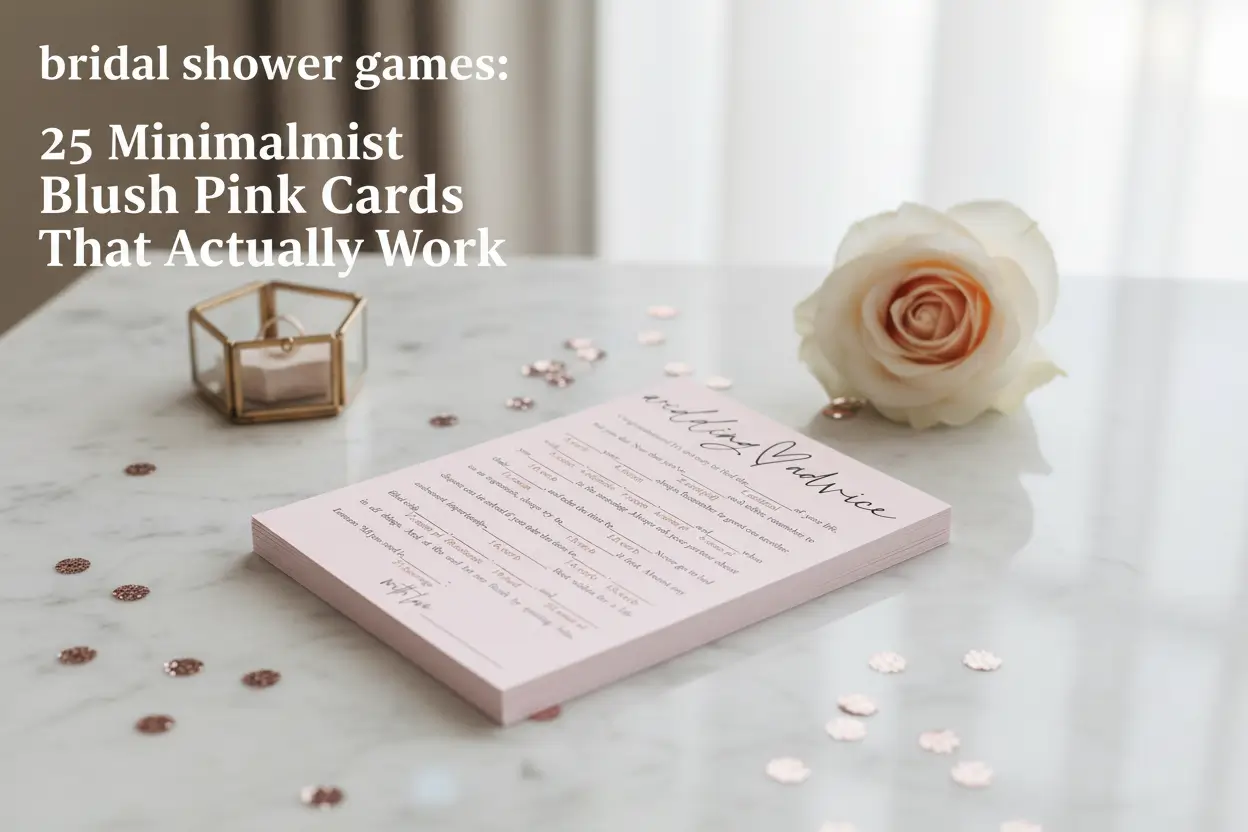Imagine a world where every letter dances elegantly across the page, each stroke telling a story deeper than the ink that crafts it. This is the enchanting realm of calligraphy—a mesmerizing blend of art and writing that transcends time and culture. As travelers, we often seek memories tucked away in the landscapes and flavors of our adventures, but what about the artistry that binds different cultures together? Calligraphy is one such treasure, an intricate balance of beauty and meaning, waiting for us to explore. Join me as we wander through the exquisite traditions of calligraphy, uncovering the history, culinary wonders, and landscapes that inspire our artistic writing endeavors.
East Asian Calligraphy: China, Japan, and Korea
Ah, East Asia—a homeland rich in traditions and wisdom! In this magical expanse, two things take center stage: calligraphy and tea. Picture yourself sipping fragrant green tea while an artist gracefully sweeps a brush across rice paper, crafting characters that flow like water. Each stroke is intentional, a reflection of life itself.
China: The Timeless Dance of Characters
Chinese calligraphy is a journey dating back over 3,000 years. It whispers tales from the Shang dynasty, where carved oracle bones bore witness to the birth of a vibrant writing system. Each character isn’t just a letter; it’s a philosophy. Take the character for “love” (爱). It’s composed of various strokes that, when combined, represent much more than a simple word. The máobǐ (ink brush) used embraces a fluidity of movement that celebrates balance and harmony.
Here’s a little secret: Chinese calligraphy isn’t merely about pretty letters. It’s a spiritual endeavor. Confucius might well have written, “To write is to unite one’s spirit with the universe.” Imagine standing before a calligrapher as they create a cursive masterpiece, each curve reflecting centuries of tradition and meaning.
Japan: Shodo, The Way of Writing
As we gently drift towards Japan, we find ourselves in a world of shodo—the art of writing that’s akin to a meditative dance. Here, simplicity reigns supreme. Japanese calligraphy embraces both hiragana and katakana, alongside the profound depth found in kanji characters borrowed from Chinese.
When practicing shodo, one often evokes the serene beauty of nature. Just picture it: you sit in a tranquil tea house, surrounded by lush gardens, your mind drifting as you trace the swirling lines of a kaisho (block style). There’s a harmony in the strokes that mirrors the cherry blossoms gently falling around you—ephemeral yet vivid.
Korea: The Spirit of Hangeul
Now, let’s hop over to Korea, where the art of calligraphy sings a different tune. Korean calligraphy reflects the boldness of its culture, using Hanja alongside Hangeul, the elegant script developed by King Sejong in the 15th century. Hangeul is a script of beauty in its own right, composed of geometric shapes that make the letters look like art before you even write them.
When a calligrapher invokes the fluid lines of Korean characters, it’s as though you can feel the heartbeat of the Korean spirit echoing in every stroke. Here, calligraphy isn’t just a craft—it’s a dance of tradition and emotion, inviting you to explore the depths of your identity.
Western Calligraphy: Origins and Evolution
Ah, the West! A realm where the art of written expression blossomed amidst the ruins of ancient Rome. Picture a bustling marketplace where scribes adorned scrolls with Roman Square Capitals. These meticulous letters tell stories of soldiers, emperors, and poets, creating an intricate tapestry of history.
From Roman To Gothic: A Journey Through Time
As we venture forward, we encounter Carolingian scripts sprouting under Charlemagne, breathing new life into the art of writing. Think of illuminated manuscripts, where monks dedicated countless hours to create breathtaking letters intertwined with gold leaf and embellishments. Each page feels like a portal to the past—a moment frozen in time.
But how could we forget the emotive curves of Gothic scripts that followed? The angular lines look almost like shadows flickering in the candlelight of a medieval library. There’s a haunting beauty in Gothic calligraphy, reminiscent of forgotten tales, hiding within the pages of history. One might argue that as the letterforms evolved, they too gained personalities—a vivid narration manifested in delicate techniques.
Arabic and Islamic Calligraphy
Step into the vibrant world of Arabic calligraphy, where every curve and swirl tells stories of the divine. This enchanting art form has been under the soft gaze of Islamic philosophy for centuries, transforming the letters into a form of worship.
From Kufic to Thuluth: The Spiritual Journey
Arabic calligraphy draws the eye with its intricate geometric patterns and curves that dance rhythmically across the page. Styles like Kufic speak of ancient desert stories, while the flowing elegance of Naskh invites scholars and poets alike. It’s in the stunning beauty of Thuluth that spirituality meets artistry, turning Quranic verses into visual art—each letter imbued with sacred meaning.
As an artist prepares to write, the air buzzes with anticipation. The blend of visual arts and spiritual devotion becomes one; the ink feels lighter, the paper breathes deeper, and suddenly, you’re witnessing poetry in motion.
South Asian and African Calligraphy
Our journey takes a turn towards the vibrant hues of South Asia and Africa. Each region embodies unique scripts that chronicle their histories through artistry.
India’s Decorated Letters
In India, every scroll speaks a language of devotion and culture, illustrated beautifully through scripts like Devanagari. As the ink flows, it tells tales of epic poems and holy texts, creating a bridge between the past and the present. Sitting in a small corner shop on a busy street, I watched an artist painstakingly illuminate a manuscript, each intricate pattern revealing layers of love and dedication.
The Soul of Ethiopian Calligraphy
Meanwhile, in Ethiopia, the Ge’ez script unfolds tales of the majestic Kingdom of Aksum. This ancient script is like a treasure chest, safeguarding centuries of literature. The art of Ethiopian calligraphy is characterized by swirls and loops that echo a deep connection to spirituality. In the dusty corners of a quiet chapel, I often marveled at how the calligrapher would paint letters onto parchment, the vibrant colors reminiscent of the country’s landscape.
Techniques and Tools
Now that we’ve traversed through time and geography, let’s pause and contemplate the tools and techniques that empower the calligraphers’ hands.
Brush and Ink: The Essentials of East Asian Calligraphy
In Eastern traditions, the ink brush (máobǐ), with its delicate bristles, is the key to crafting beautiful letters. The tension of each stroke draws upon centuries of technique, requiring water and ink to harmoniously blend like yin and yang. The inkstone lies in waiting to embrace the magic.
Western Tools: From Quills to Modern Pens
On the Western side, broad-edged pens and pointed nib pens bring ink to life, inviting creativity and emotion to flow freely. The choice of paper mirrors the essence of the writing; a smooth texture ensures each stroke glides as effortlessly as thoughts cascading into a journal.
Engaging with Calligraphy
As we draw this captivating travel through calligraphy to a close, let’s not forget the joy that comes from engaging with this timeless craft. It’s a journey that transcends mere execution; it’s about immersing ourselves in the cultural heritage and artistic expression interwoven into every letter.
Whether you’re searching for a new way to express your emotions or wish to connect with a culture more deeply, calligraphy offers a unique adventure. From the zen of Japanese shodo to the elaborate embellishments of Greek manuscripts, there’s something here for everyone—each stroke revealing new shades of meaning.
Conclusion
Calligraphy is a vibrant tapestry weaving stories of cultural expression, inviting us to experience the worlds of history and artistry through ink and paper. With each character, we dive into a profound exploration of identity, ancestry, and creativity. The next time you pick up a pen, consider the journey it represents—not just the tip gliding across the page, but the centuries of tradition that surround it.
So, dear friends, whether you find yourself captivated by the curves of Arabic letters or mesmerized by the flowing strokes of East Asian scripts, I encourage you to dive deeper into this world. Embrace the spirit of calligraphy—the beautiful communication of soul and mind. And remember, as you pen your own story, you too partake in the timeless tradition of artistic writing.
Want to stay updated on the latest travel tips? Check out our Travel Tips section for the latest advice. For lifestyle inspiration, explore our Lifestyle category, and dive into amazing destinations at Destinations. Don’t forget to connect with us on YouTube, or follow our adventures on Instagram and Pinterest.
Wishing you a journey illuminated by the beauty of every stroke—as you script the adventure of your life!













